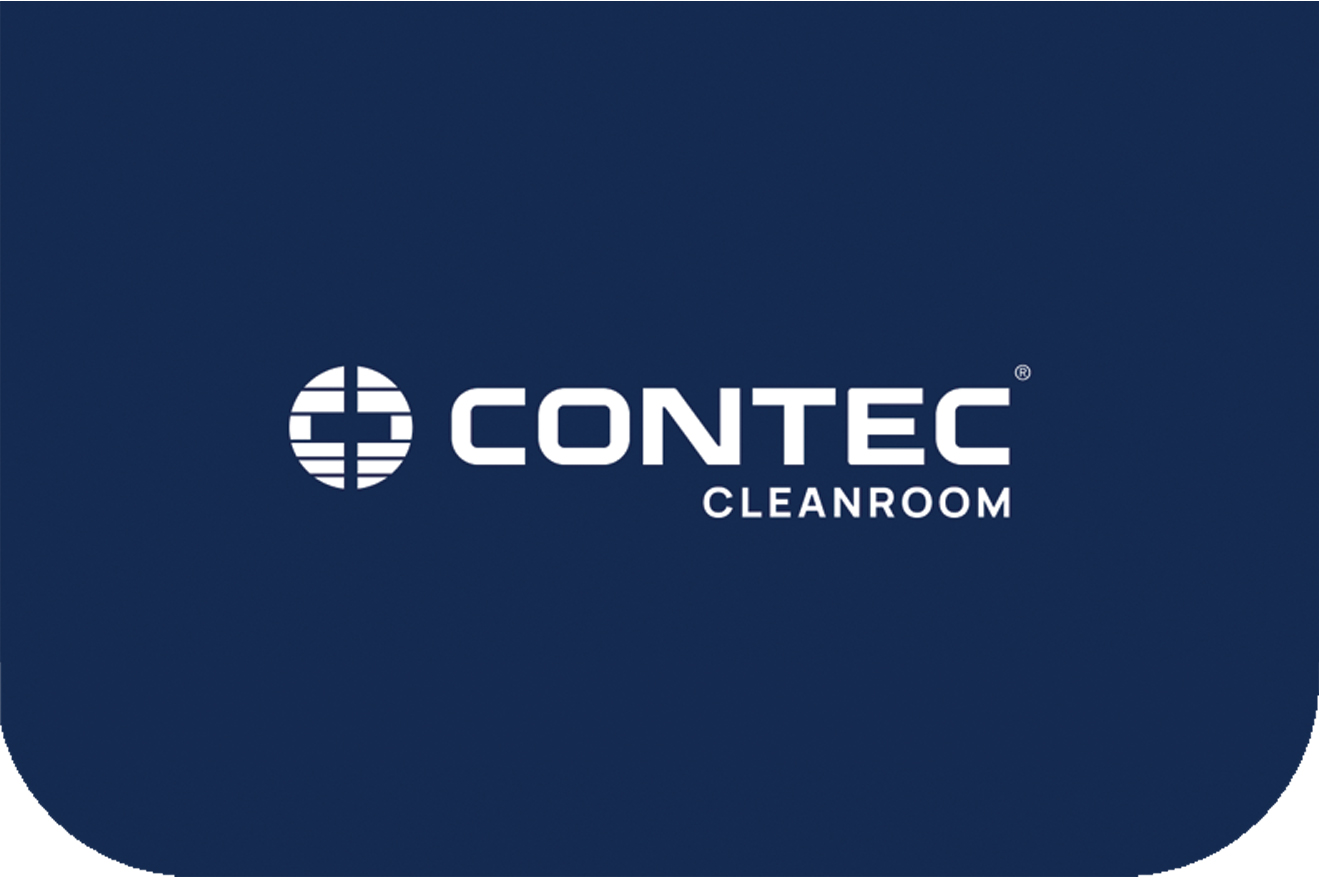Due to the numerous benefits of presaturated wipes – including ease of use, lowering of VOCs, increased convenience and reduction of hazardous waste – the use of such wipes within the pharmaceutical industry and especially the healthcare industry has proliferated in the past few years.
The majority of the original presaturated wipes were alcohol-based and disinfectant presaturated wipes were less widely used. There are now numerous non-sterile disinfectant wipes available, predominantly for infection control use in healthcare environments. There are fewer types of sterile disinfectant wipes available but they are becoming more routinely used in pharmaceutical and biotech industries.
However, do all these wipes perform as well as expected and are the results the same as for the ready-to-use fluids? The addition of a disinfectant to a wipe substrate is not as easy as may first be expected. There are some known problems arising from adding certain disinfectant actives to particular wipe or mop substrates.
Incompatibility between the disinfectant and the substrate: two disinfectants known to be problematic with wipe and mop materials are chlorine-based disinfectants (such as hypochlorites) and quaternary ammonium compounds. Organic materials consume available chlorine, thereby reducing the disinfectant capacity of chlorine-based disinfectants. This is not a problem when using a fluid straight onto a surface, as providing the surface is cleaned of organic matter prior to disinfection, chlorine-based disinfectants are both fast-acting and effective.
A cost-effective and commonly used presaturated wipe substrate is cellulose or cellulose blends, mainly because cellulose is a relatively cheap material and the wipes provide good absorbency. However, it is a natural organic material and, therefore, theoretically it will use up all the free chlorine if used as the base for a hypochlorite disinfectant wipe.

